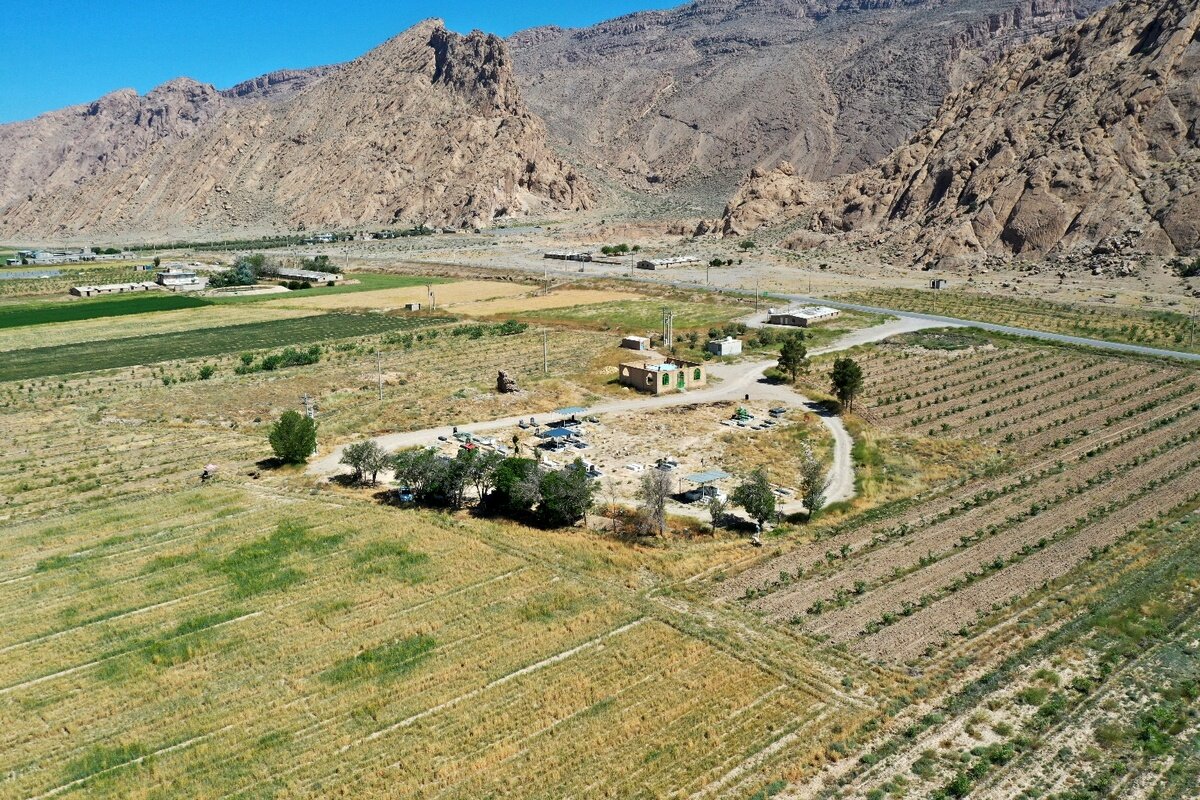Archaeologists demarcating Sassanid temple in southern Iran

TEHRAN—An archaeological team has commenced work to demarcate the ruins of a Sassanid fire temple located in Fars province, southern Iran.
A total of 15 experimental trenches have been carved so far to help experts propose legal boundaries for the monument, ILNA reported on Wednesday.
The historically important monument is located in the Marvdasht plain, some 25 km from the UNESCO-designated Persepolis in a southward direction, the report said.
Surmounted by a single shell dome, the fire temple is made of stone and special traditional mortar, standing on four main pillars. In fact, it is in the form of Chahar-Taq, which is an ancient square-shaped brick room surmounted by a domed roof.
According to UNESCO, the architecture of the Sassanid monuments in the property further illustrates early examples of construction of domes with squinches on square spaces, such as in the Chahar-Taq (Chahartaq) buildings, where the four sides of the square room show arched openings: this architectural form turned into the most typical form of Sassanid religious architecture, relating closely to the expansion and stabilization of Zoroastrianism under Sassanid reign and continuing during the Islamic era thanks to its usage in religious and holy buildings such as mosques and tombs.
After the Arab conquest of Persia, the fire temples of Iran were all either demolished (the ruins, if any remained, having since generally disappeared), or replaced by mosques, some of which incorporated and effectively swallowed the older buildings.
The Sassanid era (224–651) is of very high importance in the history of Iran. Under Sassanids, Persian architecture and arts experienced a general renaissance.
AFM
